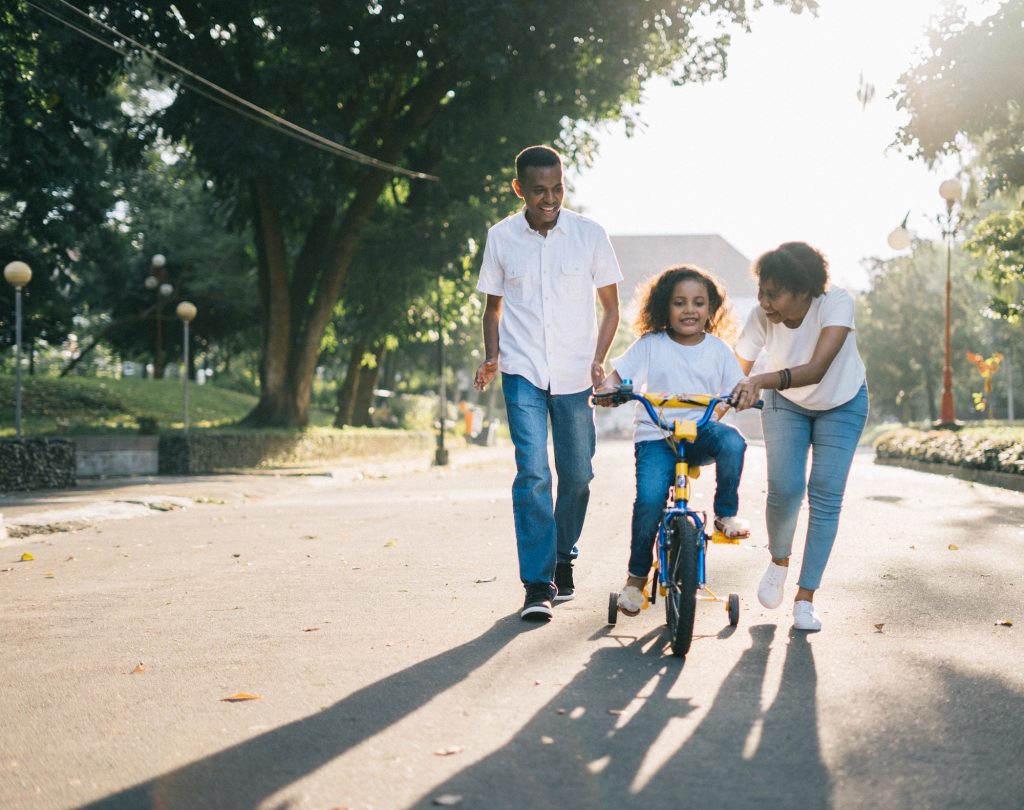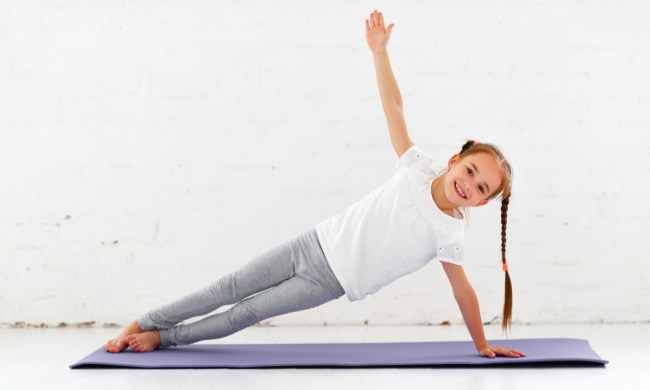You have been taking the role of parent and teacher to your child. From the onset, you have been teaching speech to your babies, and as they develop, you’ve been teaching other basics in life – from body parts, manners, colors and time to songs, hygiene, games, and goals. Your child has a lot of milestones in life. You’ll always remember their first words, taking their first steps, learning to read, and so much more. Another big milestone that you’re a part of as a parent is teaching your child how to ride a bike. Learning to ride a bike is something a lot of kids go through. It is a scary — but exciting — experience for both you and your child.

Teaching your kids anything can be a lot of work. It can make them frustrated and emotional when they don’t get the hang of it right away. Luckily, there are some great tips and methods for teaching your child how to ride a bike. It will make the process easier on you and them so it can be an experience that you both look back on with fond memories.
Utilize training wheels
The most common and useful way to teach your child how to ride a bike is with training wheels. Training wheels keep your child balanced so that falling over isn’t an option. Training wheels are a great way to get your child used to the motions of a bike. It helps your child learn how to pedal, how to break, and how to turn. It will make your kid feel more comfortable when it’s time to balance on their own.

The only downside to training wheels is that it may be hard to convince your child to take them off! If your child is being particularly stubborn about keeping the wheels on, it is usually better to let them keep them on until they’re more comfortable. Eventually, when they see how all their friends are riding around without the training wheels, they will want to learn as soon as possible.
Take off the pedals and lower the seat
If your kids are past the training wheel stage but aren’t quite ready to hit the pavement on their own yet, then this method is a great option. For this method, you take off the pedals completely and lower the seat so your child’s feet can touch the ground. This allows them to glide and work on their balance.
Your kid can practice picking their feet up off the ground after picking up some speed. This will help them feel more comfortable. This method may work better for older kids because they have better control when pushing off the ground with their feet.
Help them balance

When you think that your child is ready to hit the open road, you can help them balance until they are ready to pedal on their own. The most iconic pictures and videos of kids learning to ride their bike are of the mom or dad holding the seat and handlebars, then letting go when the child begins to pick up speed.
This method is all about trust and belief in your child. Once you let go, they’re all on their own. This method is a must at some point in the teaching process. Your child has to be able to pedal on their own at some point, so letting go needs to happen.
Holding on and jogging alongside your child for a bit helps them gain confidence and provides the extra push they need to get started. This method allows you to be there for them for the last few moments before they learn how to ride a bike on their own. It is a memorable and meaningful experience to see your child achieve something that you have been helping them work towards.
Choose the right location
When it comes to letting your child ride freely for the first time, it is important that they are in the right location. If your child is particularly nervous about the ride, it may be helpful to have them ride on softer ground, like grass or dirt. You can also have your child ride alongside a grassy patch, which may help them feel more confident if they need to fall over.
If your child isn’t nervous and is ready to hit the road, ensure that they are in a safe area. Keep them in cul-de-sacs or on non-busy roads to make sure there are no cars nearby. Taking them to a nearby park is also a great option for their first ride.
Teaching your child how to ride a bike is all about trust, patience, and determination. Both you and your child need to be dedicated to the teaching process. There are a lot of great tips and tricks that may make the process easier for your kid. It is important that your child always feel safe and confident in their abilities. Every kid is unique and learns in a different way. It is important to understand what methods your child responds the best to so you can have a fun, successful bike riding lesson.


